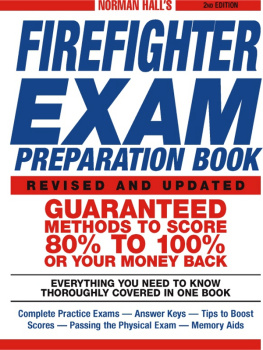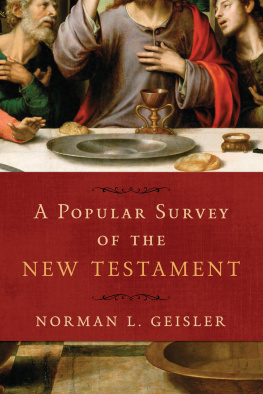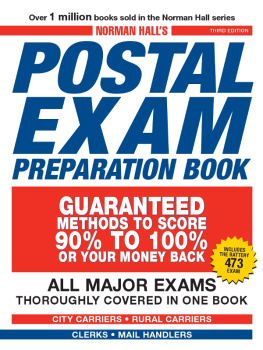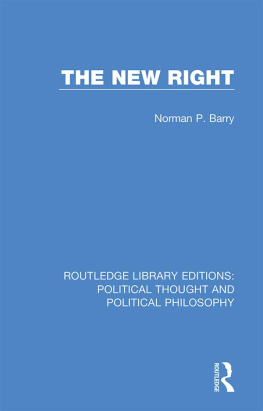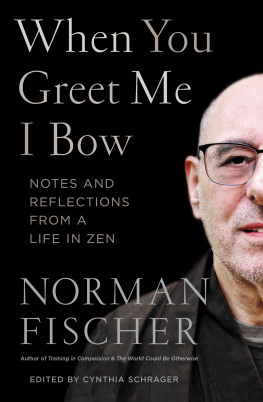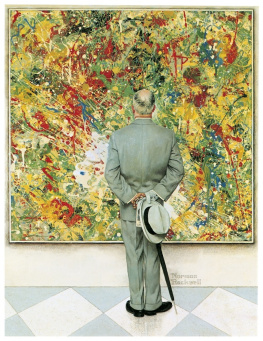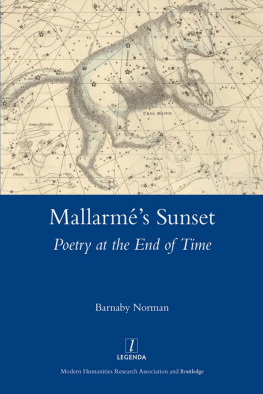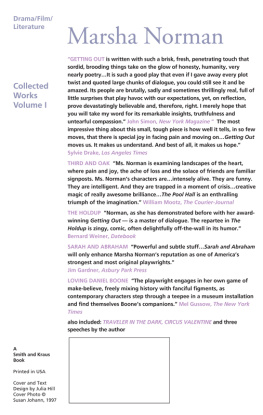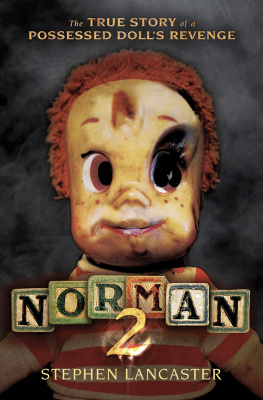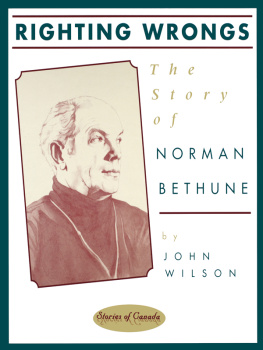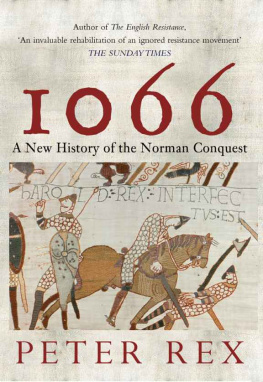PREFACE
It is my hope that the present volume may prove of interest to the general reader as well as to the student of the past. For though its subject may seem at first sight purely archaeological, many of the problems with which it deals are as real to us to-day as they were to the Greeks. The place of physical training and of games in education, the place of athletics in our daily life and in our national life, are questions of present importance to us all, and in considering these questions we cannot fail to learn something from the athletic history of a nation which for a time at least succeeded in reconciling the rival claims of body and of mind, and immortalized this result in its art.
This is my first and perhaps my chief justification for the length of this volume. My second is that there is no existing work in English on the subject, nor even in the extensive literature which Germany has produced is there any work of quite the same scope. The Gymnastik u. Agonistik of J. H. Krause is a masterpiece of erudition, accuracy and judgment. But this work was published in 1841, and since that date excavation and the progress of archaeology have brought to light such a mass of new material as to change entirely our outlook on the past. The excavations at Olympia have for the first time enabled us to trace the whole history of the festival and to treat Greek athletics historically.
In the first part of this work I have endeavoured to write a continuous history of Greek athletics. The attempt is an ambitious one, perhaps too ambitious for one whose occupation has left him little time for continuous study. The long period covered involves a multitude of difficult and disputed problems, which it is impossible within the limits of this work to discuss fully. In all these cases I have endeavoured to sift the evidence for myself, and to form an independent judgment. Many of the details may be obscure, and many of my conclusions are doubtless open to criticism. Yet the general outline of the story is clear, and I venture to think that it has a more than passing interest and importance.
The second part is more technical, though it may perhaps appeal to those who are actively interested in athletics. It consists of a number of chapters, each complete in itself, dealing with the details of Greek athletics. Many of the chapters are taken from articles published by me in the Journal of Hellenic Studies. The chapters on the Stadium, the Gymnasium, the Hippodrome and Boxing are entirely new. In the first two of these chapters will be found the latest results of excavations at Delphi, Epidaurus, Priene and Pergamum, results which are not readily accessible to the English reader.
The arrangement of the work has involved a certain amount of repetition, and the introduction separately and in their historical order of certain details which it would be clearer perhaps, and certainly more picturesque, to group together. But it seemed to me worth while to sacrifice something of clearness and effect in order to bring out the historical aspect of the subject, an aspect which is completely obscured in most of our text-books. Further, I have endeavoured clearly to distinguish between what is certain and what is conjectural. The words perhaps and possibly recur, I am only too conscious, with monotonous persistence. But where the evidence is too inadequate or too contradictory to admit of certainty, the only safe and honest course is to confess ignorance and to hope that the discovery of some new manuscript may dispel our doubts. The neglect of this distinction between the conjectural and the certain has been a fertile source of error.
Great importance has been attached to the evidence of contemporary monuments, and illustrations have been given of the principal monuments described. In their selection preference has been given ceteris paribus to objects in the British Museum, because these are likely to be most accessible to the majority of readers. In the case of vases the interpretation often depends on the composition, and whole scenes have as far as possible been reproduced rather than single figures. Museum references are appended to the illustrations wherever available, and also some indication of the date of the objects illustrated. Literary references will be found in the list of illustrations.
Many of the illustrations have been prepared expressly for this book, and for these I am indebted to the careful and excellent work of Mr. Emery Walker. A large number are reproduced from articles by myself and others which have appeared in the Journal of Hellenic Studies, and in expressing my thanks to the Council of the Hellenic Society for permission to reproduce them I should like to render testimony to the value of the Library of that Society to any one who, like myself, does not live in the vicinity of any great Library. But for the generous facilities which this Society affords for borrowing books, any work which I have been able to do would have been almost impossible.
In spelling, consistency appears to be unattainable, and I have in the main adopted the compromise recommended in the Journal of Hellenic Studies. In the case of proper nouns, names of places, people, buildings, festivals, the Latin spelling has been adopted, in the case of other Greek words the Greek spelling, except where the Latin form is so familiar that any other form would be pedantic. Names of months are treated as purely Greek words. With regard to , ei has been kept where it occurs in the stem of a word, e is employed usually in terminations.
It is impossible to mention here the many authors whose works I have laid under contribution. Many of my debts are acknowledged in the notes. But I cannot omit to mention threeDr. J. H. Krause, of whose work I have already spoken; Dr. Ernst Curtius, the writer of the chapter on the history of Olympia in the great work which he edited with Dr. Adler; and Dr. Julius Jthner, whose Antike Turngerthe and edition of Philostratus Gymnastike published only last year are indispensable to any student of the subject. To Dr. Jthner I must also express my thanks for his generous permission to make use of the illustrations in his work.
Among the many friends who have helped me I should like especially to thank Professor E. A. Gardner, Mr. G. F. Hill, and Mr. H. B. Walters for their constant readiness to advise me and to give me the benefit of their special knowledge of Greek sculpture, coins and vases. Many of the illustrations of sculpture are taken from Professor E. A. Gardners Handbook of Greek Sculpture, and the coins have been especially selected for me by Mr. G. F. Hill. Nor must I omit to mention Louis Dyer, whose death occurred while I was working on the early history of Olympia. He had himself projected a work on Olympia, to which I hoped to refer in confirmation of my views. His minute and accurate knowledge, his readiness to impart his knowledge, his enthusiastic and unselfish sympathy made his death an irreparable loss to me. Many corrections are due to the conscientious care of another of my friends, Herbert Awdry, who was engaged in reading my proofs almost up to the day of his death.



